Good bug or bad bug?
7 years ago
Featured Answer
Sort by:Oldest
Comments (35)
- 7 years ago
- 7 years ago
Related Discussions
Good bug or bad bug??
Comments (1)That is not a lady bug. It is a Leaf Beetle (Lema trabeata), not a beneficial insect....See MoreGood bug or bad bug?
Comments (8)well i hope someone familiar with TX .... discusses if this type of bug will winter over in your area ... if proactive removal is requisite ... as i said... it will be dead up here in MI ... inside a few weeks ... so why bother ... ken...See MorePest Idetification - Good bug or bad bug?
Comments (9)Can't tell what the top is... it looks like some sort of fly pupa. The bottom, on the other hand, are mealybugs that need to be destroyed! Put out some ant bait out while you're at it since they protect the mealies. -Tom ::EDIT:: Yeah, the bottom is cotton cushion scale, oops. Either way, they're bad!...See MoreGood Bug or Bad Bug?
Comments (2)The green spider-like bug is a green spider. It is not doing the damage to the leaf in your picture. It has the same general appearance as the common green lynx spider; those have tiny dark spots sprinkled on the body and legs and occur in the southern U.S....See More- 7 years ago
- 7 years agolast modified: 7 years ago
- 7 years ago
- 7 years ago
- 7 years ago
- 7 years ago
- 7 years ago
- 7 years ago
- 7 years ago
- 7 years ago
- 7 years ago
- 7 years agolast modified: 7 years ago
- 7 years ago
- 7 years ago
- 7 years agolast modified: 7 years ago
- 7 years agolast modified: 7 years ago
- 7 years ago
- 7 years agolast modified: 7 years ago
- 7 years agolast modified: 7 years ago
- 7 years agolast modified: 7 years ago
- 7 years ago
- 7 years ago
- 7 years ago
- 7 years ago
- 7 years ago
- 7 years agolast modified: 7 years agoCori Ann - H0uzz violated my privacy thanked faerygardener z7 CA
- 7 years ago
- 7 years ago
- 7 years ago
- 7 years agoCori Ann - H0uzz violated my privacy thanked Natasha (Chandler AZ 9b) W
Related Stories

GARDENING AND LANDSCAPINGBid Bad Garden Bugs Goodbye and Usher In the Good
Give ants their marching orders and send mosquitoes moseying, while creating a garden that draws pollinators and helpful eaters
Full Story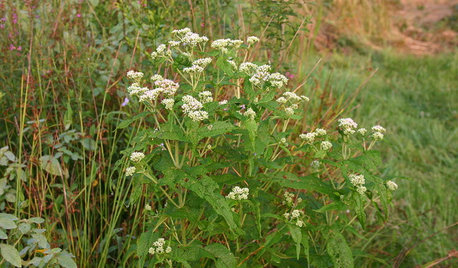
GARDENING GUIDESGreat Design Plant: Common Boneset Helps Good Bugs Thrive
Support bees, moths and butterflies with the nectar of this low-maintenance, versatile and tactile prairie-style plant
Full Story
EARTH DAYHow to Help Your Town’s Beneficial Birds and Bugs
Make a habitat using local materials to provide a home to the creatures that help our gardens
Full Story
GARDENING AND LANDSCAPINGPorch Life: Banish the Bugs
Don't let insects be the bane of your sweet tea and swing time. These screening and product ideas will help keep bugs at bay on the porch
Full Story
DIY PROJECTS12 Signs You've Caught the DIY Bug
Been making inventive things from scratch? Repurposing salvaged pieces creatively? It may be more serious than you think
Full Story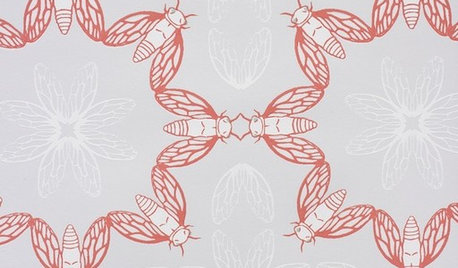
PRODUCT PICKSGuest Picks: Decor to Make Your Eyes Bug Out
Insects are marching to a different tune these days, showing up on knobs, teapots and even tablecloths
Full Story
GARDENING AND LANDSCAPINGBreezy and Bug-Free Modern Porches
Screening keeps pests out of these diverse porches across the U.S., while thoughtful designs keep them visually appealing
Full Story
UPHOLSTERYThe Perks and Perils of Reupholstering Old Furniture
Secondhand upholstered pieces can add character to a room, but beware of bugs, snakes and hidden costs
Full Story
EXTERIORSCurb Appeal Feeling a Little Off? Some Questions to Consider
Color, scale, proportion, trim ... 14 things to think about if your exterior is bugging you
Full Story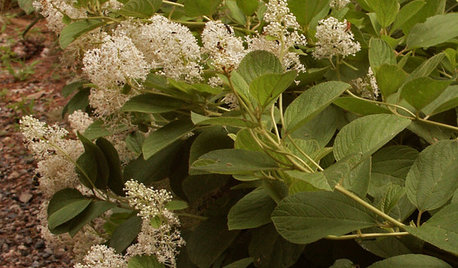
GARDENING GUIDESGreat Design Plant: Ceanothus Americanus
Thriving in lean soil and attracting the good bugs, New Jersey tea is a boon to full-sun areas of the garden
Full Story


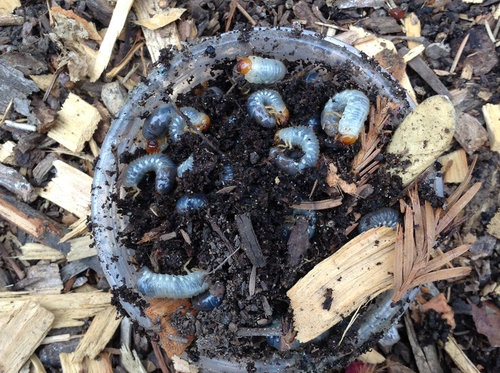
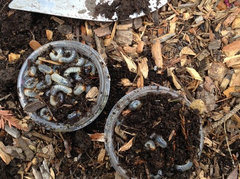
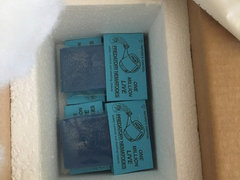

Jean